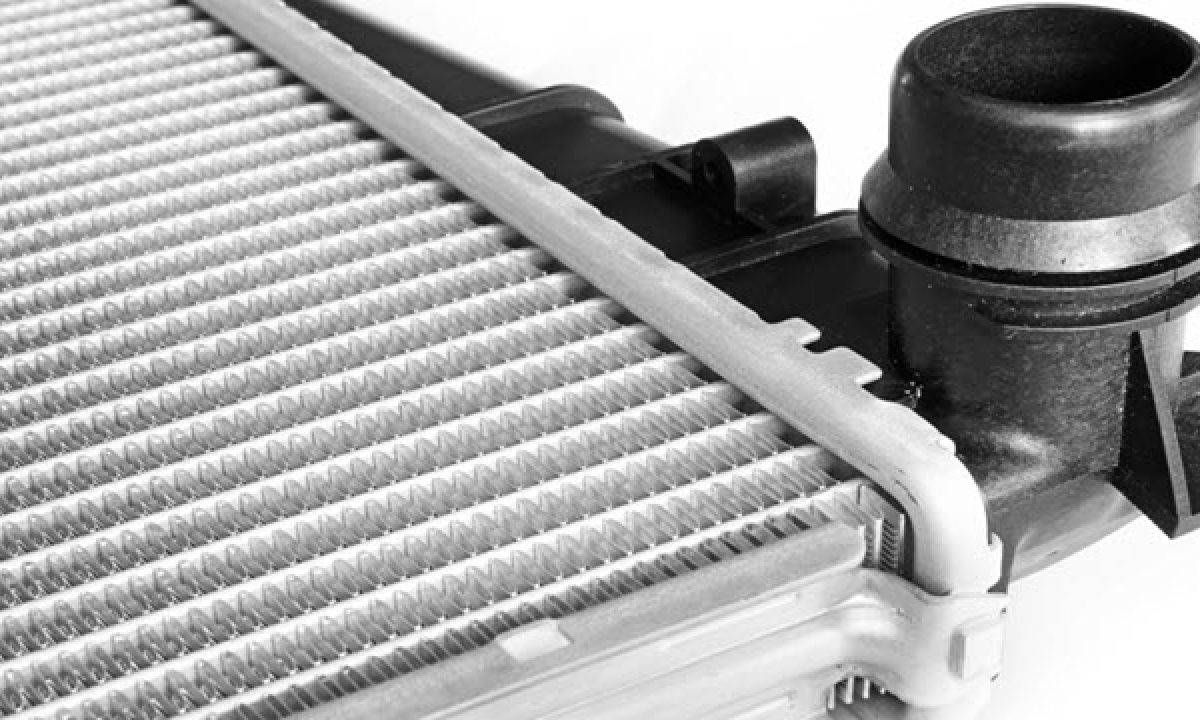Creating a warm and inviting environment in your home is essential, and radiators help us to achieve this. Radiators are an integral part of our homes but are sometimes overlooked and can fade into the background, with their traditional white exterior not exactly standing out. But with a range of modern designs available, you can make a statement with a designer radiator, or choose a high-shine, chrome radiator for maximum impact.
We’ll all come across problems with our heating systems at some point, so knowing how we can fix them with ease allows us to maintain that cosy and warm feeling all year round. Here are a few tips and tricks to help solve some of the most common radiator problems.
Your radiator is cold at the bottom
To make sure your radiator is working effectively, you should check for cold patches regularly. Noticing that your radiator is cold in some places and warm in others could be due to several different issues, but luckily, they are all relatively easy to solve.
If your radiator is cold at the bottom, one of the most common reasons for this is obstruction caused by sludge or other debris, that stops the hot water from circulating as it should inside your radiator. Rust, limescale, or hard water is usually to blame for this build-up and if it is not fixed, it can cause further problems with your boiler or central heating system – which could end up costly!
To fix this, you will need to flush your radiator to get rid of the internal debris causing the obstruction. You can do this yourself, but it will require removing and lifting your radiator, so you may want to contact a plumber that can help you do this.
Your radiator is not heating efficiently
We have radiators situated all around our homes for optimum comfort, but a common problem that a lot of us experience is one radiator within our system not heating as efficiently as the others. If a room suddenly seems colder or doesn’t heat up as well as you’d like, it is likely that your system needs balancing. Balancing your system is a way of making sure that hot water from your boiler flows evenly around every radiator in your home. You can balance your radiators by following these steps:
- Turn off your heating system and allow it to cool down.
- Using a small spanner. open both valves on all radiators and turn the heating back on, this allows you to note down which radiators heat up first.
- Turn off your heating system again and let everything cool off. When you turn the boiler on again, place a thermometer on each valve pipe starting with the first radiator that heats up.
- Go around the system and close the lockshield valve completely – then reopen it until the difference in temperatures of thermometers is around 11 degrees.
- Do this for every radiator, and by the time you reach the last in the system, you will find the lockshield valve is almost fully open.
- You have successfully balanced your system!
One radiator won’t heat
Another problem that a lot of us face when it comes to our radiators is that sometimes, one of them just won’t heat up – and this is not something that you want to be faced with during the colder months! If you notice that a radiator in one room is not heating at all, when all the others around the house are, there are a few things that could be causing the problem.
Sometimes, air can become trapped in the radiator, and this can cause it to stop heating up as it should. This can happen if you’ve just turned your central heating back on after the summer – but all you have to do is bleed the radiator that is causing the problem. Use a radiator screw to loosen the bleed screw until you hear a hissing. When the hissing stops, and you notice water coming from your radiator, get ready to tighten the screw back up. This could solve the problem.
If bleeding doesn’t seem to have kick-started your radiator, there are other issues that might be worth looking at, like checking your radiator valves are open and that they haven’t seized up or finding out if your system requires a flush. If you can’t rectify the issue yourself, contacting a plumber may be the best option.
Leaky valves
It is not uncommon to notice water leaking from the valves of your radiator – this can happen due to parts of the radiator becoming damaged, loose joints or pipes, or corrosion inside the radiator. It is important that you address the issue as soon as you notice it, as the water spilling from your radiator can be rusty and could cause damage to your flooring or ceilings if the radiator is located upstairs.
A lot of the time, leaky radiators can be fixed easily, and all you must do in the first instance is use a small spanner to tighten the nut on the valve. There is a chance that your valve may be faulty, which has resulted in a leak. If this is the case, a replacement valve may be necessary.
Generally, the most common radiator problems can be fixed easily if you know how. If you find that these solutions aren’t fixing the problem, calling a professional to help is always the best option.
Kat Irving is a reporter for Diving Daily. After graduating from NYU with a master degree in history, Kat got an internship at WABC-TV New York and worked on profiling local businesses. Kat was also was a columnist for the NPR. Kat mostly covers business and community events here at Diving Daily
